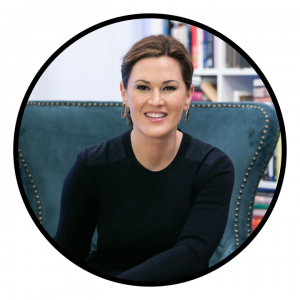Many of my clients had a successful career, but are now looking for help with their public speaking careers.
Some are looking for opportunities to get on live TV to talk about their companies or their story.
Do you know how to prepare so you look your best?
I’m going to show you how you can look better on TV or on stage. The lights really alter our appearance.
I always suggest that my clients hire a makeup artist — but if you have to do it yourself, here are a few things you can do to make yourself look better under all those lights.
If you’re going to present on stage soon, here are three things to ask before you show up.
Kathryn Janicek is a three-time Emmy Award-winning television producer with 20 years of experience working in newsrooms across the country. Kathryn coached talent, producers, and writers before switching her focus on helping entrepreneurs and corporate executives. Now, based in her home city of Chicago, she is a much sought-after media coach and public speaking trainer who will help you produce the best YOU. Click HERE now to book a complimentary consultation with Kathryn.










